Free Fake Follower Checker - No Sign Up
Find your audience in a database of over 750B in reach, team up with the right influencers for your brand, and stand out from the competition.
A high percentage of fake followers does not necessarily indicate purchased followers; it may also include inactive, passive, or non-engaged followers.
Instagram Fake Audience Percentage Finder



Identify Fake Followers On Instagram With Our Free Checker
In the booming age of social media, Instagram stands out as a platform that can make or break online marketing strategies. However, the infiltration of fake followers has posed a perplexing challenge for brands, influencers, and marketers alike. With search trends for “Instagram fake follower check” reaching high, it’s evident that individuals and businesses are seeking reliable solutions to dissect genuine engagement from manipulated numbers.
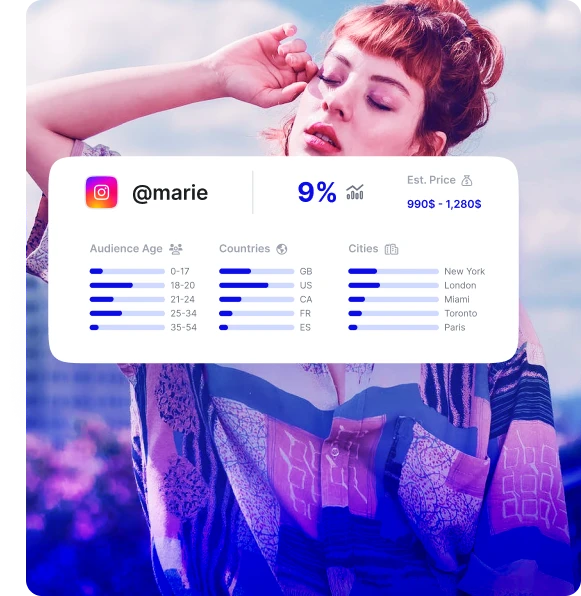
Why is checking for fake instagram followers essential?
Having a robust follower count might seem enticing at a glance. Nevertheless, in the intricate web of social media analytics, quality unequivocally triumphs over quantity.
Fake followers can dilute engagement rates, tarnish credibility, and diminish the impact of your digital marketing efforts. Knowing the percentage of inauthentic followers allows brands and influencers to strategize content and partnerships with precision and authenticity.
Unveiling Our Instagram Fake Follower Checker: Simple, Free, and Fast
In light of the aforementioned, we introduce our uncomplicated and cost-free Instagram Fake Follower Checker tool, developed using Upfluence’s state-of-the-art API, and anchored in reliable, proprietary data.
With a soaring search volume for “free Instagram fake follower check,” we aim to simplify the verification process without compromising on accuracy and speed.
All that’s required from your end is the Instagram profile name—minus the ‘@’—to delve into a swift analysis and ascertain the fake follower percentage, providing you with valuable insights to shape your Instagram strategy.
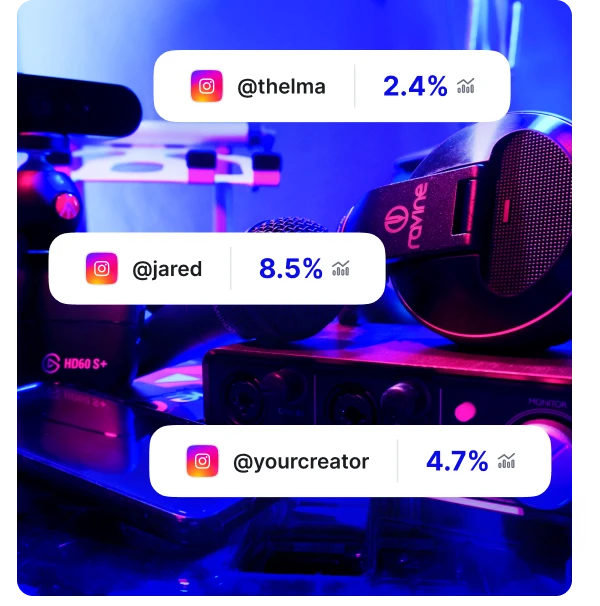
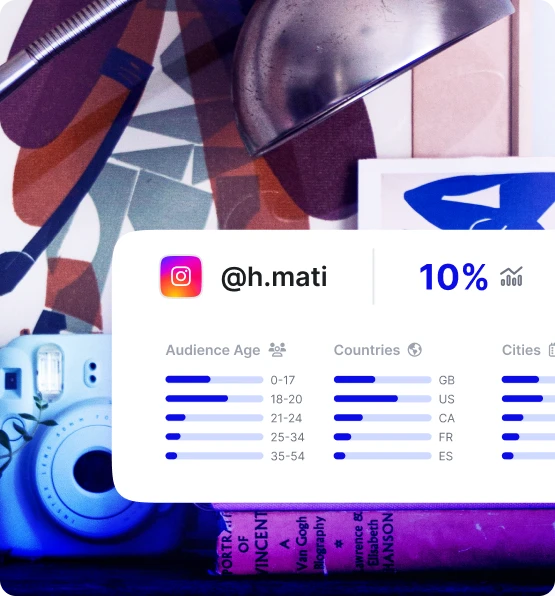
Navigating Through Instagram’s Murky Waters
With a lot of searches for “Instagram fake followers detector,” it’s clear that Instagram users crave trustworthy mechanisms to sift through profiles.
Our tool doesn’t merely spotlight fake followers; it enables you to navigate through Instagram’s turbulent waters, ensuring your influencer collaborations, sponsored posts, and content strategies are genuinely impactful and reach authentic audiences.
With our free Instagram fake follower checker, your journey towards unadulterated and meaningful Instagram engagement is just a username away. Engage authentically, strategize smartly, and build your digital empire on a foundation of genuineness and impactful connections.
How to check fake followers on Instagram?
Checking fake followers on Instagram is a straightforward process with our free Instagram fake follower checker tool. Simply visit our website, input the Instagram profile name (without the ‘@’ symbol), and immediately receive a detailed analysis showcasing the fake follower percentage, all thanks to the reliable data derived from Upfluence’s API. No sign-up or payment is required, ensuring a quick and hassle-free experience.
Why should I check for fake followers on my Instagram profile?
Checking for fake followers on your Instagram profile is vital to ensure the authenticity and effectiveness of your online presence. Fake followers can drastically distort your engagement rates, mislead collaborations, and dilute your overall social media performance. By identifying and understanding your fake follower percentage, you can make informed decisions and foster a genuine connection with your authentic audience.
Is the Instagram fake follower checker really free to use?
Absolutely! Our Instagram fake follower checker is 100% free to use. There’s no sign-up required, meaning you won’t need to provide any personal information or details. Just input the Instagram username you want to check, and the tool will swiftly analyze and provide you with the fake follower percentage.
- Apparel (18)
- B2B (18)
- Beauty (18)
- Business (18)
- Car (18)
- Cosmetics (18)
- DIY (18)
- E-commerce (18)
- Education (18)
- Fashion (16)
- Financial (18)
- Fitness (18)
- Food (18)
- Gaming (18)
- Haircare (18)
- Health (18)
- Jewellery (18)
- Lifestyle (18)
- Luxury (18)
- Luxury Goods (17)
- Makeup (18)
- Mental Health (18)
- Motivational (18)
- Motorbikes (18)
- Pet (18)
- Skincare (18)
- Sneaker (18)
- Tech (18)
- Toy (18)
- Travel (18)
Influencer Marketing Platform » Instagram Fake Follower Check
Recruit the best brand ambassadors with ease.
Don’t know where to start? Check out the top performing creators in various industries. Wanna find more about your industry? Book a call with our experts today to tailor a solution to your needs.




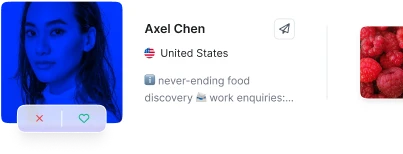
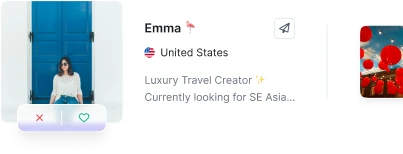

Our free tools: Instagram fake follower check | Instagram engagement checker | Instagram Audit Tool | Twitter engagement checker | Twitter Audit Tool | TikTok engagement checker | TikTok Audit Tool | YouTube engagement checker | YouTube Audit Tool | Pinterest Audit Tool | Twitch Audit Tool | FBA Calculator | Find YouTube Creators | Free Influencer Marketing Tools

















